Updated (October 23, 2014): Interior, Agriculture Departments Partner to Measure Conservation Impacts on Water Quality
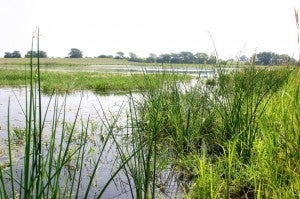
A treatment wetland built under the Iowa Conservation Reserve Enhancement Program. Photo from Iowa Department of Agriculture and Land Stewardship
“Is the water safe?”
In the United States, we take it for granted that the answer to that question is “yes.” But the residents of Toledo, OH, learned recently that their water wasn’t safe to drink for a few days because toxins associated with an algal bloom in Lake Erie had contaminated the city’s water supply. Meanwhile, a Maryland man was released from the hospital after nearly losing his leg and his life to flesh-eating bacteria contracted from swimming in the Chesapeake Bay.
These types of incidents are caused by nutrient pollution. Although nutrient pollution can come from many sources, runoff from agriculture is the dominant contributor to the problem in Lake Erie, the Chesapeake Bay and the Gulf of Mexico. Agriculture-associated nutrient pollution also impacts local streams and lakes, causing fish kills and closing swimming beaches. A recent study in Minnesota suggested that more than 70 percent of nitrogen in state waters comes from cropland.
What needs to be done, and how much will make a difference? Read More












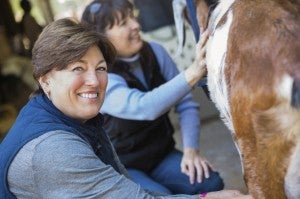 The U.S. Department of Agriculture just published an important roadmap for America’s farmers and ranchers to measure their greenhouse gas emissions and evaluate opportunities for reducing them.
The U.S. Department of Agriculture just published an important roadmap for America’s farmers and ranchers to measure their greenhouse gas emissions and evaluate opportunities for reducing them.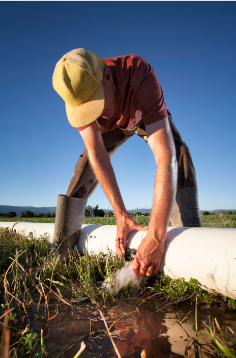
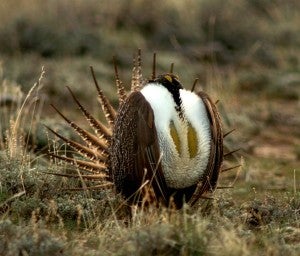
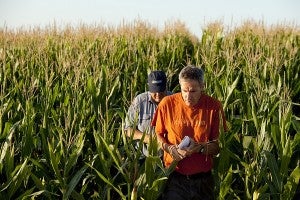
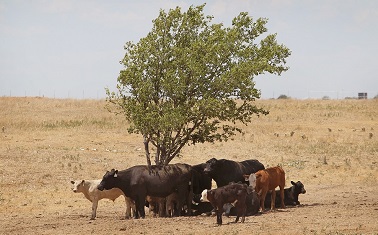
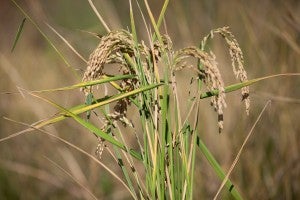 This September, a new crop will be made available to rice producers: carbon offsets.
This September, a new crop will be made available to rice producers: carbon offsets.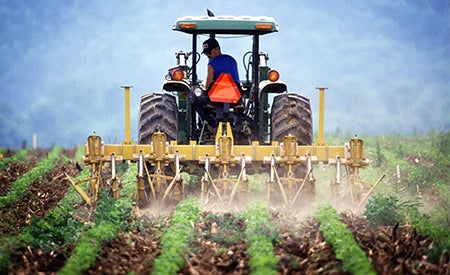 Fertilizer use is key to increasing the productivity necessary for farms to feed rising populations. However, not using the right amount in the right place at the right time is one of the biggest threats to a stable climate. Nitrogen fertilizer not used by crops emits nitrous oxide, a heat-trapping gas 300 times more powerful than carbon dioxide. It also contaminates water supplies, causes algae blooms downstream and erodes soil health.
Fertilizer use is key to increasing the productivity necessary for farms to feed rising populations. However, not using the right amount in the right place at the right time is one of the biggest threats to a stable climate. Nitrogen fertilizer not used by crops emits nitrous oxide, a heat-trapping gas 300 times more powerful than carbon dioxide. It also contaminates water supplies, causes algae blooms downstream and erodes soil health.